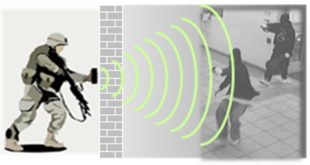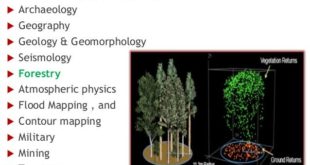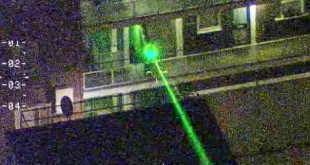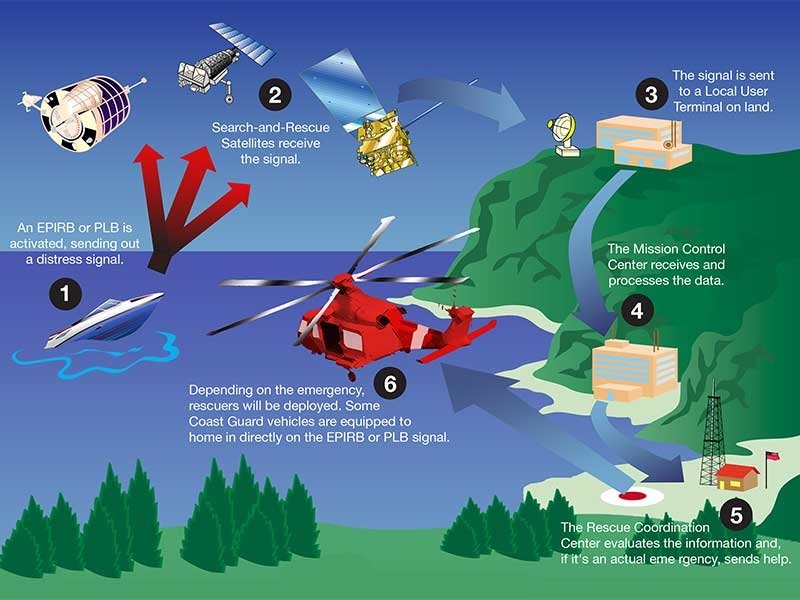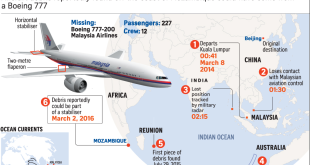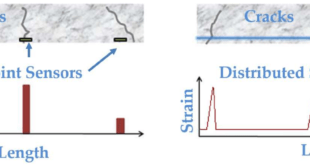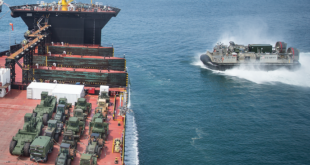Security forces require effective ground ISR technologies that can overcome these challenges and provide effective situational awareness. One of the technologies useful in such situations is through-wall imaging which apply radio frequency (RF) and other sensing modes to penetrate wall materials and optimally estimate the terrorists hiding in other rooms …
Read More »LIDAR proving to be a valuable sensor for Smarter space management, Infrastructure monitoring, Security and Disaster Response
Lidars (Light Detection and Ranging) are similar to radars in that they operate by sending light pulses to the targets and calculate distances by measuring the received time. The key advantages of LIDAR is its superior accuracy and its ability to see through masking items, such as leaves, trees, and …
Read More »Growing Threat of Non Lethal Weapons including Laser Dazzlers and Tasers employed by Military and Security to disorient, temporary blind or set to fire the adversaries
Recently the Directed Energy Weapons (DEWs), especially laser DEWs are being developed as non lethal weapons. DEW is a system that uses Directed Energy primarily as a means to incapacitate, damage, disable or destroy enemy equipment, facilities and/or personnel. Directed energy has the potential to yield cost effective weapons that …
Read More »Departments of Defense developed Cloud-based biosurveillance ecosystem to warn of coming pandemics
The threats of chemical, biological, radiological, nuclear and explosive (CBRNE) hazards continue to advance. CBRN weapons are some of the most indiscriminate and deadly weapons in existence today, with capability to affect large population in wide geographical area and in short time. The release of Chemical, Biological, Radiological and Nuclear …
Read More »MEOSAR, the Global Search and Rescue (SAR) service has become reality, could avoid accidents in sea,land, air, and now in space
Search and Rescue (SAR) is receiving a lot of attention recently due to several high-profile incidents on land, in the air and at sea. Flight MH370 left Kuala Lumpur was bound for Beijing in March 2014 when it disappeared, with 239 people on board. Even after the largest and most …
Read More »Why technology was unsuccessful in finding MH370 which disappeared in 2014, New mission to find MH370 is planned to be launched
Flight MH370 left Kuala Lumpur was bound for Beijing in March 2014 when it disappeared, with 239 people on board. Even after the largest and most expensive search in aviation history, to date, neither any confirmed debris from the aircraft nor any survivors have been found. A four-year deep sea …
Read More »Quantum cascade laser (QCL) critical component for standoff chemical warfare agent detection and Direct Infrared Countermeasure (DIRCM) systems
The quantum cascade laser is a special kind of semiconductor laser, usually emitting in the mid- and long-wave infrared bands. Such a laser operates on laser transitions not between different electronic bands but on intersubband transitions of a semiconductor structure. Their wide tuning range and fast response time allow for faster …
Read More »Distributed optical fiber sensors (DOFS) are superb for infrastructure and earthquake monitoring
The fiber optic sensors also called as optical fiber sensors use optical fiber or sensing element. These Sensors can measure a large variety of parameters, such as temperature, pressure, strain, refractive index, vibrations, displacements, bending, loading, and liquid level or concentration of chemical species. Over the past decade, optical …
Read More »Auxiliary ships for Afloat support sealift capacity is decisive in maintaining the wide spectre of current naval operations around the globe
Auxiliary ships are vital to maintaining a strong and efficient naval fleet. They are designed to perform multiple roles to effectively support combatant ships in and out of battle, as well as complete other similar naval operations. Although auxiliaries assist other ships and do not execute primary combatant operations, they …
Read More »Nanotechnology based sensors for rapid, sensitive and reliable detection of explosives
In recent years, spread of terrorism has assumed an alarming proportion across the globe, because of the simplicity and variety of schemes by which these explosive-based weapons can be deployed causing enormous damage to public safety and environmental pollution. This has emphasized the need for rapid, sensitive and reliable detection …
Read More » International Defense Security & Technology Your trusted Source for News, Research and Analysis
International Defense Security & Technology Your trusted Source for News, Research and Analysis
